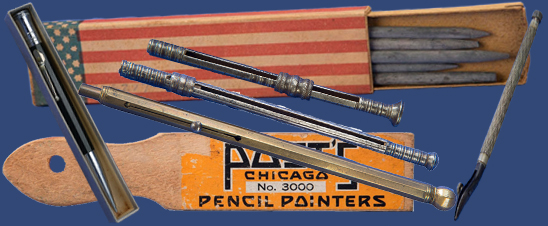This 6" aluminum, German silver, and steel drawing pen is marked: CORN.KNUDSEN. Trademarks of two superimposed dividers are on either side of the mark.
- Description
-
This 6" aluminum, German silver, and steel drawing pen is marked: CORN.KNUDSEN. Trademarks of two superimposed dividers are on either side of the mark. In 1838 Cornelius Knudsen founded a firm in Copenhagen, Denmark, that made optical, navigational, and surveying instruments, planimeters, and equipment for telegraphy into the 1930s. This object was received and is stored with a set of drawing instruments, 1985.0909.01. It was owned by Harald Trap Friis (1893–1976), a Danish emigrant who became a prominent radio engineer for Bell Labs.
- Location
-
Currently not on view
- date made
-
ca 1920-1958
- maker
-
Knudsen, Cornelius
- ID Number
-
1985.0909.02
- accession number
-
1985.0909
- catalog number
-
1985.0909.02
